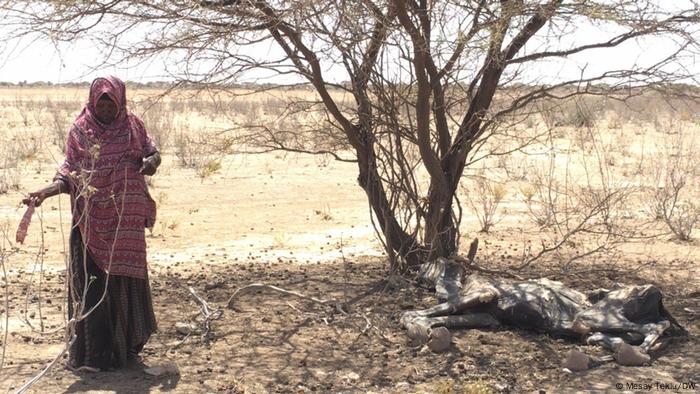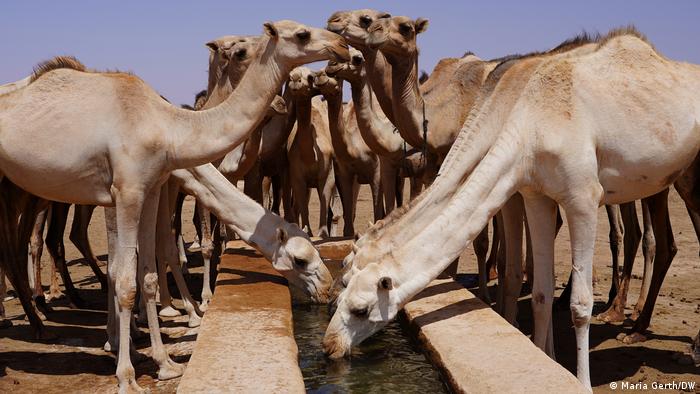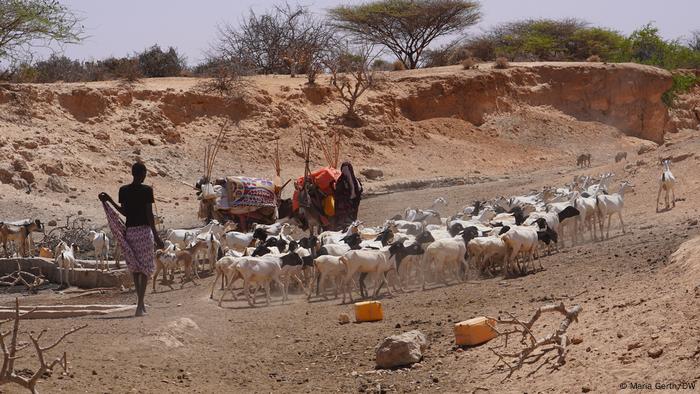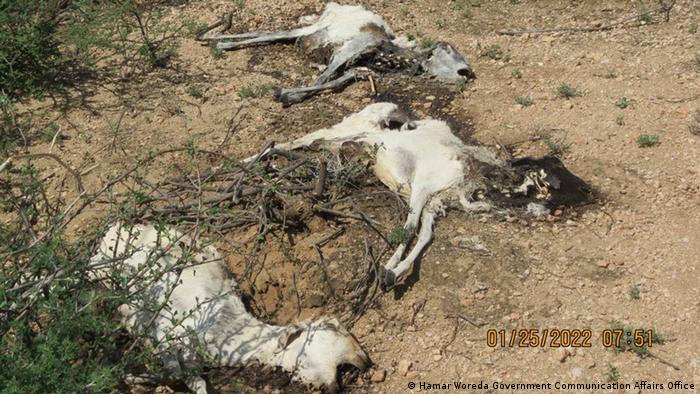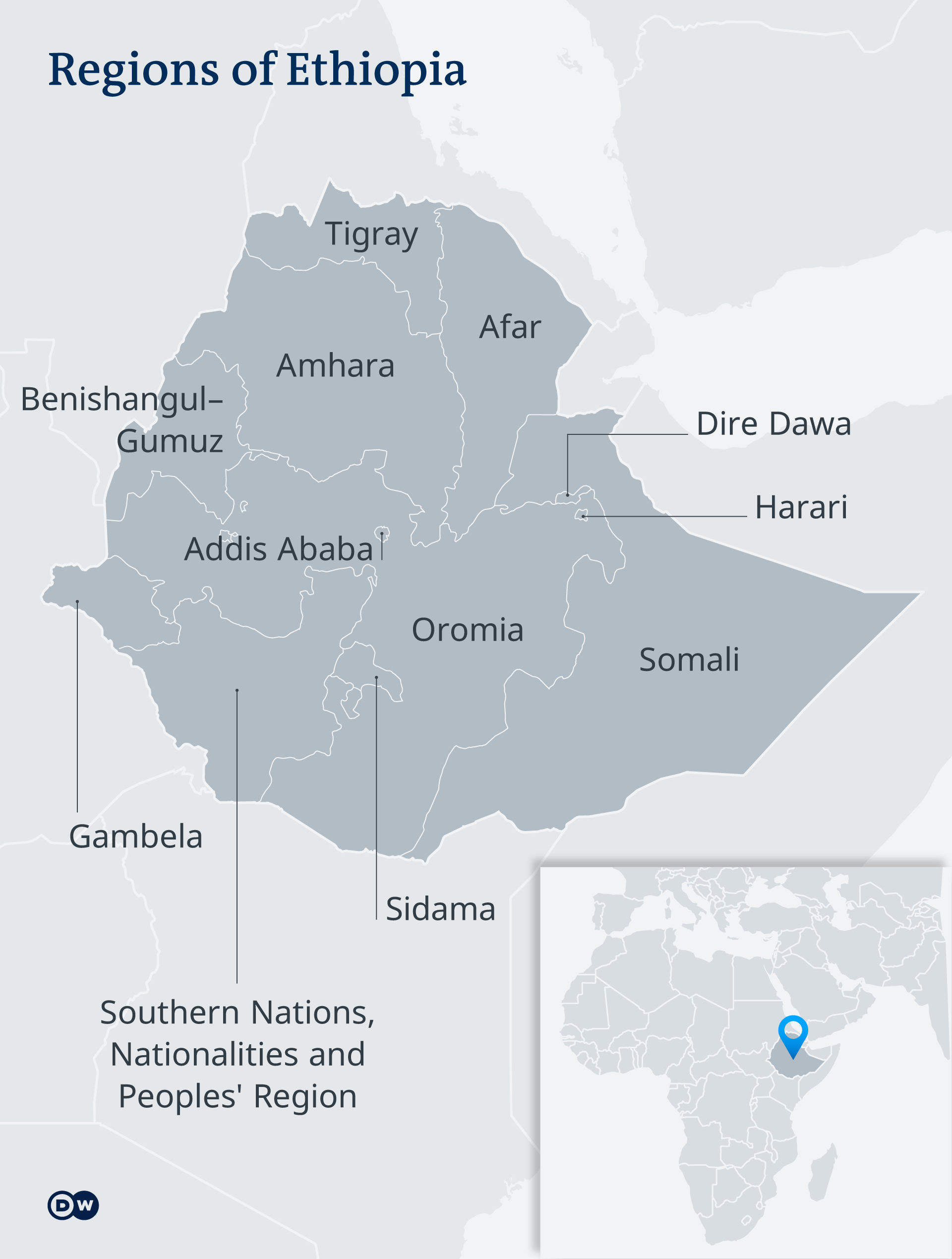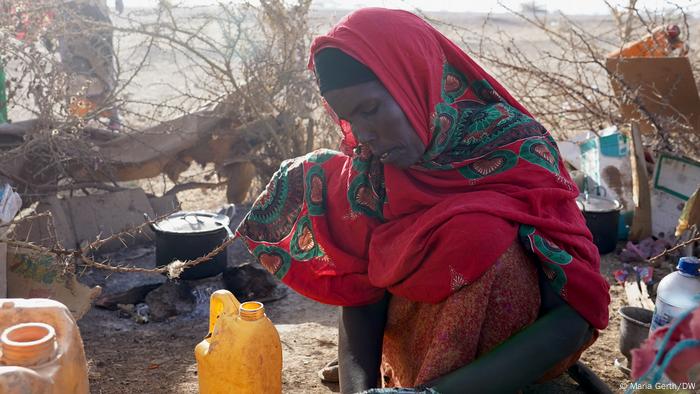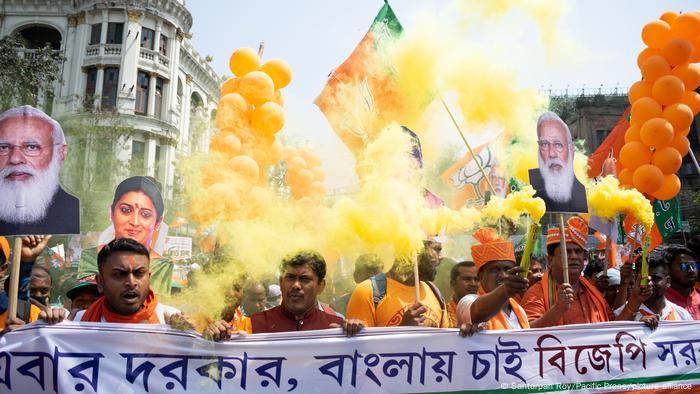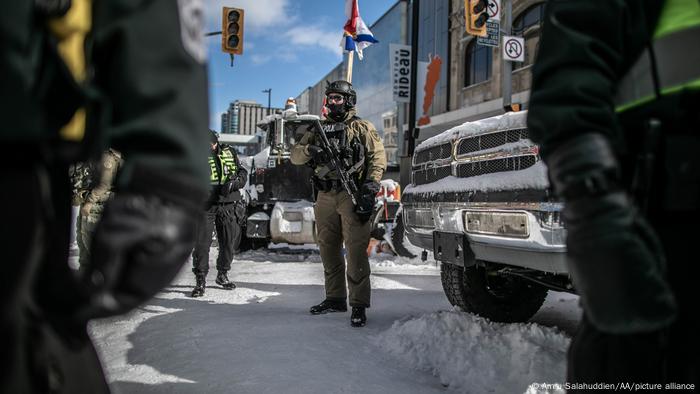
Luke Sharrett
Paul A. Eisenstein
Thu, February 17, 2022
Days after a Canadian border blockade was broken up, the auto industry is facing a serious dilemma.
Over the past three decades, manufacturers have adopted “lean” manufacturing. Largely lifted from the Toyota production system, the complex strategy relies heavily on things like automation and other labor-saving steps. But the centerpiece is a system known as “just-in-time,” or “JIT,” production, which has sharply reduced the amount of inventory maintained at automotive factories. That approach, it turns out, is extremely vulnerable to disruptions that can quickly bring factories to a halt.
While no other industry has become more dependent on JIT production, it has also become a way of life for everything from agriculture to aerospace to consumer electronics, and it catches some of the blame for the supply chain disruptions and inflation that the industry has been battling the last two years.
“Today’s generation of automotive leaders learned from the Toyota production system, focusing on getting cash out of inventory,” Joe Hinrichs, who retired as Ford Motor Co.’s global head of automotive operations in 2020, said.
“Now, with everything that’s happened, including Covid, the semiconductor shortage, geopolitical risks and other events,” he said, there is growing concern that lean manufacturing — JIT production, in particular — no longer works
Early innovators
When Japanese automakers first broke into the American market in a big way in the early 1980s, they had some major advantages over their Detroit competitors because they used JIT production. Their vehicles tended to be more fuel-efficient and proved to deliver far better quality, according to David Cole, director emeritus of the Center for Automotive Research in Ann Arbor, Michigan.
But leading brands, like Toyota, also could produce a vehicle for thousands of dollars less than U.S. rivals. And it wasn’t just because Japanese labor was cheaper or that they used robots — as they proved when they began opening up assembly lines in the States.
Factories like the one Honda set up in Marysville, Ohio, which was the first Japanese-owned assembly plant there, had virtually no warehouse space. Parts generally arrived from suppliers an hour or less before they were needed on the line. In some cases, those parts were lined up in exactly the same sequence they’d be needed.
That means plants can be smaller and less expensive to build and maintain. And the industry, as a whole, has billions of dollars less capital tied up in inventory. Meanwhile, if a defect is discovered, there are fewer bad parts to replace or repair, explained Willy Shih, a professor of manufacturing at Harvard Business School.
“You catch problems sooner, before you have a trainload of bad parts to deal with,” he said in a telephone interview.
Until recently, JIT and lean manufacturing appeared to be the most effective way to produce goods since Henry Ford switched on the first moving assembly line in 1913, according to Hinrichs.
Sure, there were occasional glitches. Most commonly, bad storms could disrupt the flow of trucks steadily rolling up to assembly plant loading docks. A fire at a supplier plant could create havoc — as happened in 2018 when Ford was left without the magnesium crossbars needed for its F-150 pickups. Following the 2011 tsunami that devastated northern Japan, the industry discovered it relied on a single supplier from that region to provide black pigment needed for car paint.
But the benefits far outweigh the drawbacks.
Growing problems
Recently more of these unpredictable “Black Swan” events have occurred, Cole noted. With climate change becoming more apparent, the supply chain has repeatedly been disrupted by blizzards, hurricanes and tornadoes.
Then came Covid-19. The pandemic led to a three-month shutdown of North American automotive manufacturing in spring 2020. Even when automakers and suppliers were allowed to start back up, they faced setbacks. Even now, illness-related manpower shortages continue to be a headache. The pandemic, meanwhile, led to an ongoing shortage of critical semiconductor chips that, just in recent weeks, has forced production cuts by Toyota, Ford, GM and others.
According to Detroit consulting firm AlixPartners, automakers lost $210 billion in 2021 revenues due just to semiconductor-related shortages, which will continue to hurt balance sheets this year.
Add the impact of Trump-ordered trade wars — and the possibility of global economic chaos if Russia moves to invade Ukraine. And geopolitical problems aren’t necessarily only found on the other side of the globe, as this month’s border blockade demonstrated.
“Everybody is having problems,” Cole said, warning that JIT production “may have to be rethought.”
Quiet fears
Several senior industry leaders, including Ford CEO Jim Farley, have warned that the automotive manufacturing system is facing some serious challenges. Most, however, declined to discuss the topic on the record, citing “competitive” concerns.
The one automaker that directly responded to questions was Toyota, which last week said it has cut its global production forecast for the current quarter by nearly 500,000 vehicles due to semiconductor shortages. Toyota is still analyzing the impact of the Canadian trucker blockade that briefly impacted two U.S. plants and three more in Ontario, the latter factories rolling out some of the company’s most popular models, the Toyota RAV4 and Lexus RX.
“Due to a number of supply chain, severe weather and COVID related challenges, Toyota continues to face shortages affecting production at our North American plants,” the automaker said in a statement this week.
Separately, Toyota spokesman Ed Hellwig added in an email: “In the spirit of kaizen, (the Japanese concept of continuous improvement), we continually examine our production processes to find efficiencies. Maintaining a resilient and efficient supply chain is a critical part of those processes.”
But even with the growing number of problems hitting the auto industry, there may not be any feasible alternatives to JIT methods.
“Is JIT going away? I don’t think so,” Dan Hearsch, managing director in the automotive and industrial practice at AlixPartners, said. “It is going to change.”
Experts like Hearsch and Shih, the Harvard Business School professor, agreed that several big changes may include keeping more inventory at auto plants in the future and bringing parts production back in-house. Hearsch added that the industry is even exploring 3D-printing technologies that could be programmed to supply whatever part might be needed without requiring expensive tooling.
Automakers are also looking at ways to design vehicles more flexibly. If the preferred semiconductor isn’t available, for example, they could switch to a different chip and just tweak the vehicle’s software, according to Hearsch.
In the meantime, Hinrichs thinks automakers and other industries will have to figure out how to shore it up, or the production disruptions we’ve seen in recent months could become increasingly common.
What’s clear, the experts agreed, is that the auto industry has run into a series of problems that raise critical concerns about lean production in general and the JIT production system specifically. But they are far from ready to write it off.
JIT “is the best system ever,” Hinrichs said, even if it’s not perfect. But he said there’s no question that the industry has been given a clear warning that the system needs some fixes. Otherwise, he said the production disruptions we’ve been seeing — and the shortages they cause on dealer lots — will “become more frequent.”


